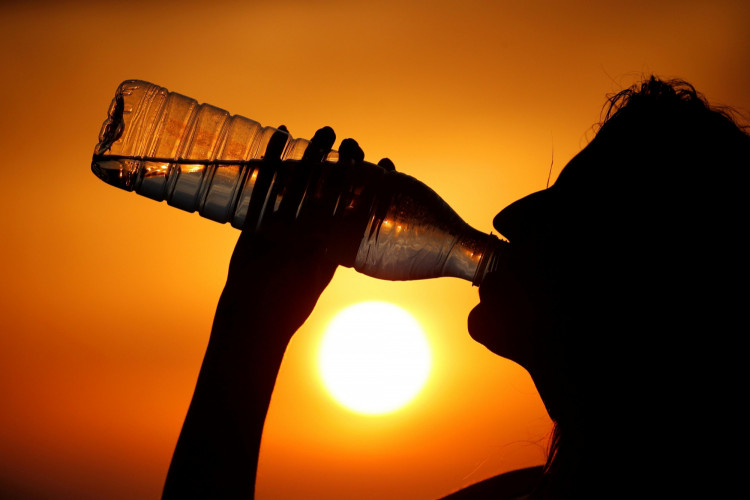Parts of India are being scorched by an unusually early and harsh heatwave, with severe power shortages impacting millions as demand for electricity reaches new highs. Since late March, 25 people in India's western state of Maharashtra have died of heatstroke, the greatest number in the last five years, with more deaths predicted elsewhere in a country where temperatures often exceed 40 degrees Celsius.
The Indian Meteorological Department said the country saw its warmest March since 1901, while average temperatures in April in northern and central parts of the nation were the highest in 122 years. Last week, temperatures in ten cities topped 45 degrees Celsius (113 degrees Fahrenheit); however, gloomy skies and rain had provided some relief.
Authorities in the eastern state of Odisha reported a 64-year-old man died of heatstroke on April 25, and hundreds of others were treated for heatstroke symptoms. On Tuesday, a high of 43.2 degrees Celsius was recorded in Saharanpur, Odisha's hottest district.
Scientists have connected the early onset of a particularly hot summer to climate change, claiming that more than a billion people in India and Pakistan were at risk from the excessive heat. Even homes that can afford air conditioners will have little reprieve over the next several weeks, with cooling monsoon rains only due next month and increasingly regular power disruptions in some regions of India.
Climate scientists claim that climate change is making extreme temperatures hotter and more frequent, with heatwaves likely to hit countries such as India every four years instead of every five decades. As a result, India must rapidly plan for unprecedented growth in electricity demand.
Many thermal power plants' coal supplies are also running short, causing daily power disruptions in various states. The shortages have prompted questions about India's long-standing reliance on coal, which provides 70% of the country's energy.
According to the International Energy Agency, the situation emphasizes India's urgent need to diversify its energy sources since the demand for power is predicted to rise faster than anyplace else in the world over the next 20 years as the densely populated country expands.
The nation's Central Electricity Authority said 94 of 165 coal plants are operating with dangerously low coal supply, while eight are not. This indicates that coal supplies have fallen below 25% of their normal levels.
Apart from impacting the populace, the ongoing heat stroke is expected to affect the nation's crop yields negatively. India is the world's second-largest wheat producer, but after five years of record harvests, the heatwave is expected to reduce this year's production.






